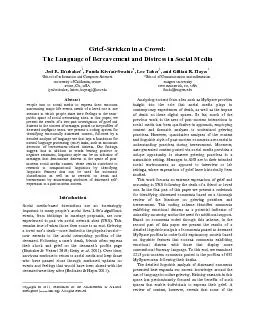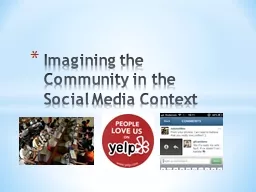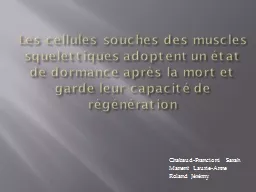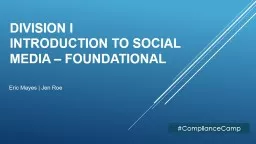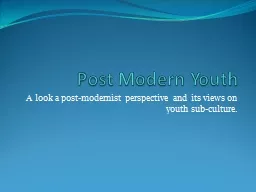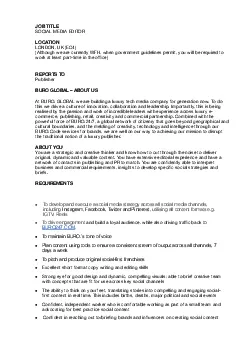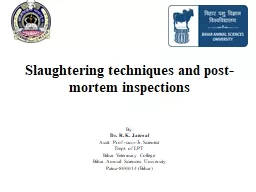PDF-expression in a post-mortem context. Introduction Social media-base
Author : debby-jeon | Published Date : 2015-11-04
one In the first part of this paper we present a codebook for identifying distressed comments based on a thorough review of the literature on grieving practices
Presentation Embed Code
Download Presentation
Download Presentation The PPT/PDF document "expression in a post-mortem context. In..." is the property of its rightful owner. Permission is granted to download and print the materials on this website for personal, non-commercial use only, and to display it on your personal computer provided you do not modify the materials and that you retain all copyright notices contained in the materials. By downloading content from our website, you accept the terms of this agreement.
expression in a post-mortem context. Introduction Social media-base: Transcript
Download Rules Of Document
"expression in a post-mortem context. Introduction Social media-base"The content belongs to its owner. You may download and print it for personal use, without modification, and keep all copyright notices. By downloading, you agree to these terms.
Related Documents

